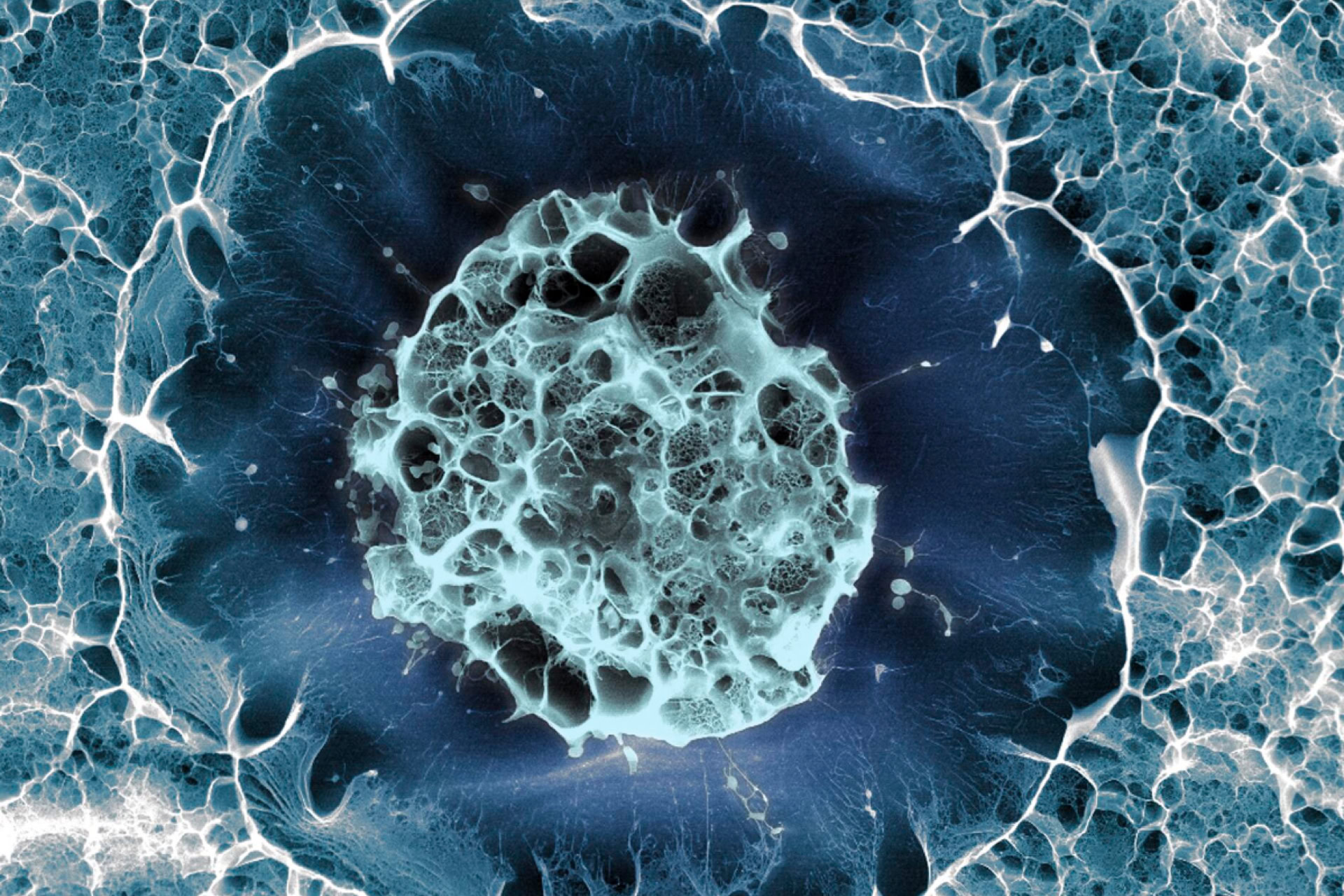Approximately one in five people carry a protective gene variant that lowers the risk of Alzheimer's disease and Parkinson's disease by ten percent.
Led by researchers at Stanford University, California, the team analysed genetic data from more than 140,000 individuals with Alzhiemer's disease and Parkinson's disease, and just under two million controls. The results of the study suggest that the gene variant, or allele, known as DR4, can protect against these two most common neurodegenerative disorders.
'In an earlier study we'd found that carrying the DR4 allele seemed to protect against Parkinson's disease,' said Professor Emmanuel Mignot of Stanford University and joint senior author. 'That this protective factor for Parkinson's wound up having the same protective effect with respect to Alzheimer's floored me.'
Published in PNAS, the researchers found that DR4 can help immune cells to target tau, a type of protein that aggregates in neurofibrillary tangles in the brains of individuals with Alzheimer's disease. By analysing the autopsied brains of over 7000 patients with Alzheimer's disease, they found that carriers of some DR4 variants had fewer neurofibrillary tangles and later onset of symptoms.
Although neurofibrillary tangles are not typically observed in Parkinson's disease, carriers of DR4 with Parkinson's disease also had later onset of symptoms, which suggests that tau may also play a role in this disease.
DR4 is one of many alleles of a gene called DRB1, which itself belongs to one of the Human Leukocyte Antigen (HLA) genes. The HLA genes enable the immune system to differentiate between the body's proteins and those that are foreign (bacteria or viruses) or altered (cancer).
When such proteins, or fragments of proteins called peptides, are identified, an immune reaction is triggered which causes the destruction of the infected or altered cell.
To further investigate, the scientists cut the entire sequence of the tau protein into 482 peptides and mixed each peptide with the DR4 protein, to see which peptide the DR4 protein binds to. In addition, they tested all the biologically likely chemical modifications that can occur on each of the peptides.
The DR4 protein was shown to identify a segment of the tau protein that was chemically modified by acetylation, called PHF6.
The PHF6 segment of the tau protein is frequently acetylated in the brains of Alzheimer's patients and is implicated in the tau protein's tendency to aggregate into neurofibrillary tangles.
'The only peptide DR4 bound to strongly was PHF6 – and then only when this peptide was acetylated,' Professor Mignot explained. He added that the acetylation may 'fool' the immune system into thinking PHF6 is foreign, leading to an attack to demolish developing neurofibrillary tangles.
While this study was led by researchers at Stanford University, it was a global effort involving over 160 researchers from 25 countries. Medical and genetic data were collected from dozens of databanks around the world leading to a diverse dataset that included individuals from Europe, Asia, African America, and Latin America.
Sources and References
-
Stanford Medicine-led study finds genetic factor fends off Alzheimer's and Parkinson's
-
Multiancestry analysis of the HLA locus in Alzheimer's and Parkinson's diseases uncovers a shared adaptive immune response mediated by HLA-DRB1*04 subtypes
-
A single gene variant protects from both Alzheimer's and Parkinson's
-
Variant in immune gene may help protect against neurological diseases
-
Fifth of people have gene that protects against Alzheimer's and could one day lead to vaccine, study says





Leave a Reply
You must be logged in to post a comment.